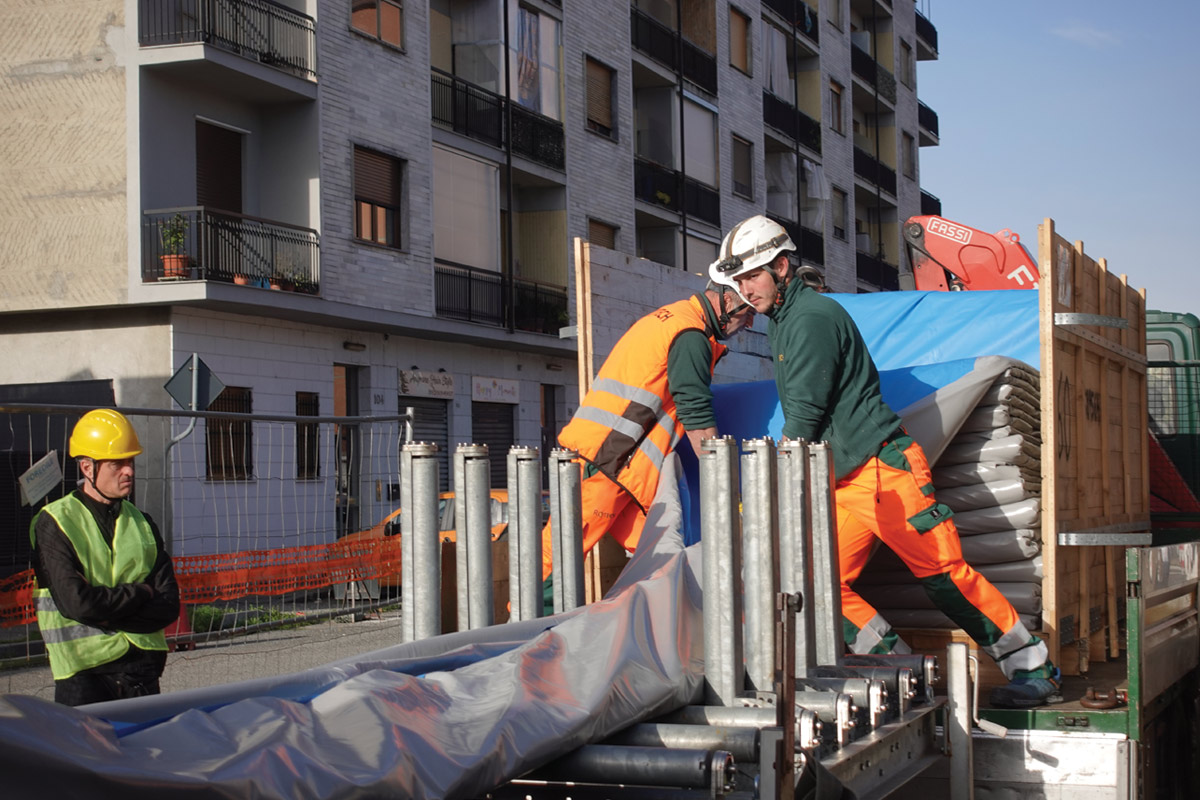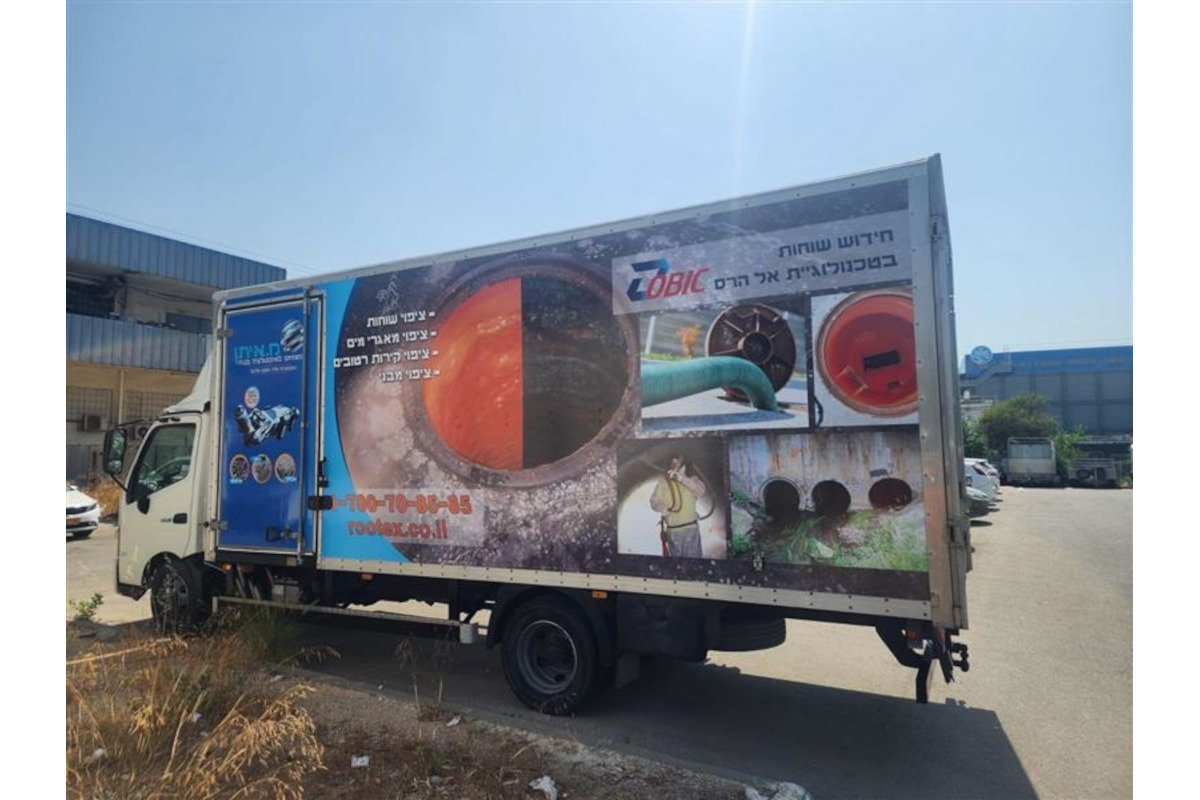E.ON Hanse Connects Helgoland to the Power Network
 Up to now, power was supplied to Helgoland via Diesel power engines, which were starting to age and their disturbance-free operation starting to become insecure. The 7 million-liter Diesel consumed annually will not be required in future and therefore also 17.500 tons CO².
Up to now, power was supplied to Helgoland via Diesel power engines, which were starting to age and their disturbance-free operation starting to become insecure. The 7 million-liter Diesel consumed annually will not be required in future and therefore also 17.500 tons CO².
Now, a 20 million Euro project has been set up to connect Helgoland in Germany, (consisting of the main island and the dune) to the European power supply network. A 51.7-km long pipeline was produced within only 12 days from St. Peter Ording to Helgoland.

A special ship was provided by the North German Sea-cable Plant to install the sea cable. In the future, the planned offshore-wind parks are also going to be connected with the mainland by cable. The special ship was in fact a barge with a 90-m length, specially converted for this project, with a crane and a special installation device. The 7-m high rinsing sword can produce a furrow at a depth of 1.50 m with a water pressure of maximally 16 bar. The power cable, approximately 100 mm strong, fell down by itself due to its heavy weight (16 kg/m). The furrow then closes by itself due to the water pressure. Thankfully the weather conditions were very good, so up to 4,000 m of cable could be installed each day.
Klaus Lewandowski from the network board of E.ON Hanse AG explained, “We are talking about the longest sea cable in Germany to provide power to an island. The sea cable, weighing a heavy 800 tons, was produced by the North German Sea cable plant as a one-piece cable. This saved the need for any socket connections under water, which could always cause disturbances.”
 A 300-m HDD-bore from the beach of the dune in the North Sea allowed for the installation of the cable into the newly installed HDPE-pipe OD 225 x 20.5 mm. The dune sand had a very abrasive effect on the bore accessories, making it even more important to adapt the bore suspension appropriately, so that they could provide their stabilising effect for the bore canal.
A 300-m HDD-bore from the beach of the dune in the North Sea allowed for the installation of the cable into the newly installed HDPE-pipe OD 225 x 20.5 mm. The dune sand had a very abrasive effect on the bore accessories, making it even more important to adapt the bore suspension appropriately, so that they could provide their stabilising effect for the bore canal.
The next step was to work at high speed on closing the gap at the 2.5 km length from the point of the cable landing to the north of the dune to the previous power supply on the main island.

For many years now, there had been a supply pipe leading from the main island to the dune at a depth of 25 m below sea level over a length of 1,300 m. The pressure pipes for water and sewage are situated inside these protection pipes, as well as cable protection pipes for telecom purposes. Furthermore, an empty pipe is situated inside the supply pipe, in which the new power supply is to be pulled in.
It was too risky to pull the cable with a rope directly into the empty pipe, due to the radius of the sewer pipe and, therefore, the possibility of damaging the pipe was too risky. The company Paasch from Damendorf had been given the task of installing the pipes and proposed to pull the cable in with Grundodrill HDD-bore technology, manufactured by Tracto-Technik, Lennestadt. No sooner said than it was done. At the start and the end of the pipeline a pipe acting as a “bypass” was installed from the surface to the installation depth of the pipes and connected to the empty pipe situated inside the pipe length.

Afterward, the drill rods could be pushed in with a Grundodrill bore rig 15 N. For this task, a quantity of 1,000 m drill rods were purchased from Tracto-Technik. Preparations for the pulling in process were taking place parallel to this on the main island, with the setting up of the cable drum and the connection to the pulling device, so that installation work could be started as soon as the drill rods arrived on the main island. The installation itself took approximately 13 hours. The pulling force was measured at 1.3 t at the end and, therefore, well below the maximal permissible pulling force of 2.2 t.
 The pipe path on the dune was split up into several sections, taking the nature preservation regulations into account. The main aspect being to avoid harming any of the birds and their nesting places. The large quantities of drilling fluid required were well within the severe environmental requirements. The disposal of the drilling fluid was not necessary and was allowed to gradually sink into the sandy ground. The installation depth was approximately 3 m.
The pipe path on the dune was split up into several sections, taking the nature preservation regulations into account. The main aspect being to avoid harming any of the birds and their nesting places. The large quantities of drilling fluid required were well within the severe environmental requirements. The disposal of the drilling fluid was not necessary and was allowed to gradually sink into the sandy ground. The installation depth was approximately 3 m.
Company owner Benno Paasch said, “The production of the bores was a routine task for us. We know the soils very well here and are prepared for any logistical challenges, which these bore operations on islands usually provide.”
Well within the given time frame E.ON Hanse will start to operate the power supply for the 1,300 islanders in September 2009.
This article was provided by Tracto-Technik, Lennestadt, Germany.
Cable data:
Length of the sea cable: ca. 51,7 Kilometer
Diameter of the sea cable: 100 Millimeter
Weight of sea cable: ca. 800 t
Weight per metre : ca. 15 Kilogramm
Rinsing depth at sea: ca. 1,5 Meter
Voltage: 30.000 Volt
Conveyable power: 5.000 kW
Source: E.ON Hanse




